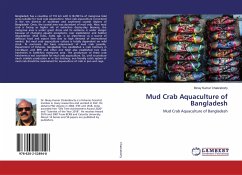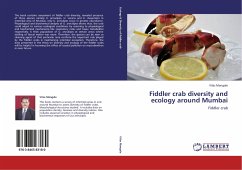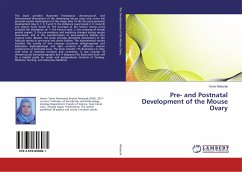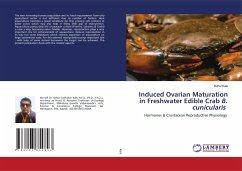Bangladesh has a coastline of 710 km with 6.18.780 ha of mangrove tidal areas suitable for mud crab aquaculture. Mud crab aquaculture is practiced in the ten districts of southeast and southwest coastal regions of Bangladesh. Once, the coastal area was abundant of mud crab. Now, mud crab is facing as higher risk of extinction day-by-day. Because, the mangrove area is under great stress and its existence is under danger because of changing aquatic ecosystems, over exploitation and habitat degradation. Mud crabs, Scylla spp. is an importance as a source of delicious food and export item due to high demand of international market. But mud crab aquaculture culture is totally dependent on wild stock. To overcome the basic requirement of mud crab juvenile, Department of Fisheries, Bangladesh has established a crab hatchery in Cox'sBazar, and BFRI and other one NGO also established two crab hatcheries in Sathkhira mangrove area. The production of these crab hatcheries is not countable for mud crab aquaculture. So, until to produce much crablets production in in the hatchery, eco-friendly catch system of mud crab should be maintained for aquaculture of crab in pen and cage.
Bitte wählen Sie Ihr Anliegen aus.
Rechnungen
Retourenschein anfordern
Bestellstatus
Storno








